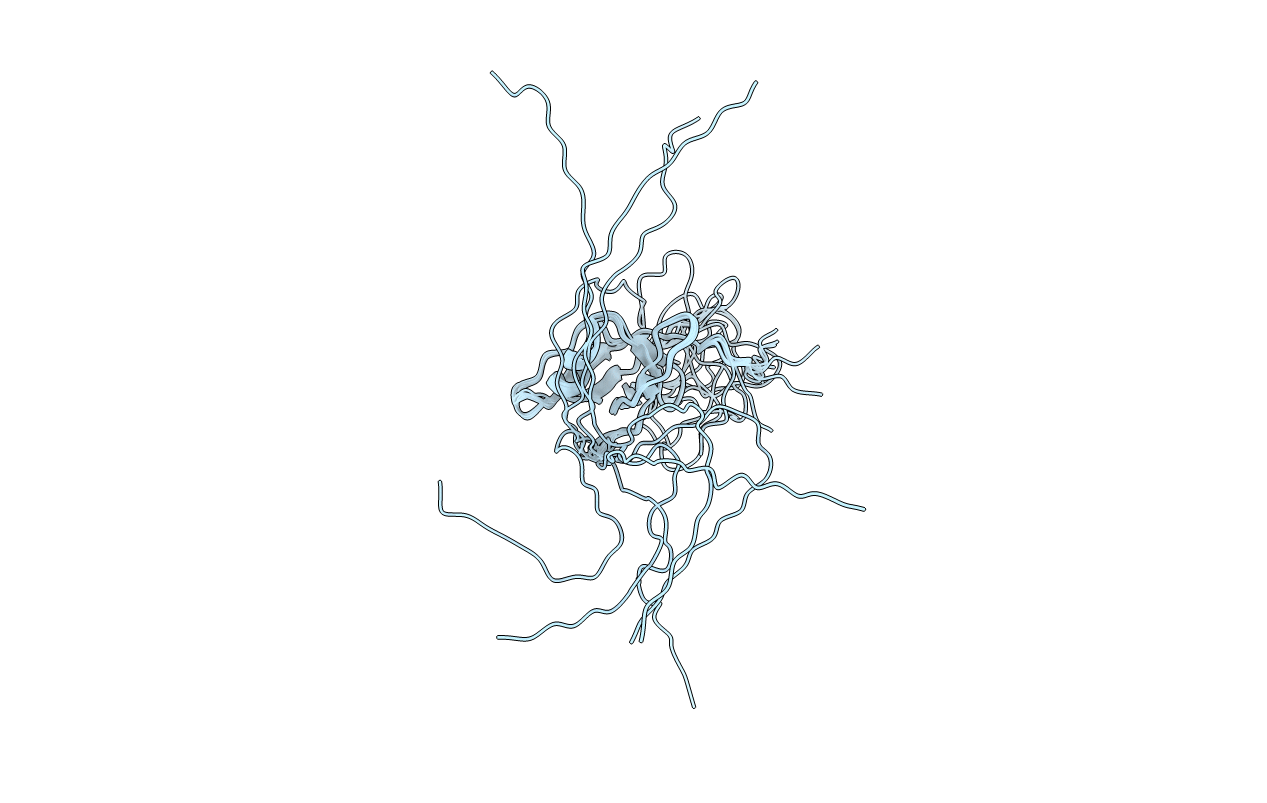
Deposition Date
2010-04-26
Release Date
2010-07-28
Last Version Date
2024-05-01
Entry Detail
Biological Source:
Source Organism:
Bacteriophage lambda (Taxon ID: 10710)
Host Organism:
Method Details:
Experimental Method:
Conformers Calculated:
20
Conformers Submitted:
10
Selection Criteria:
structures with the lowest energy


